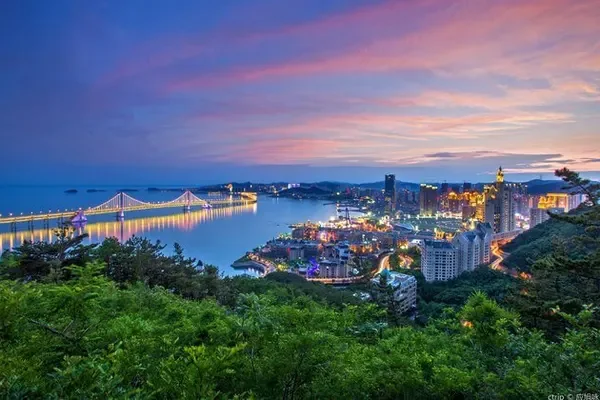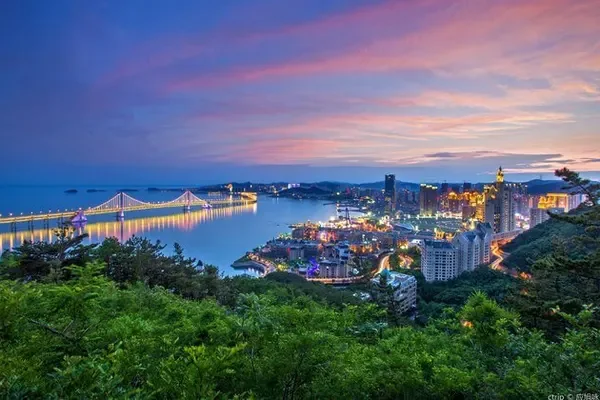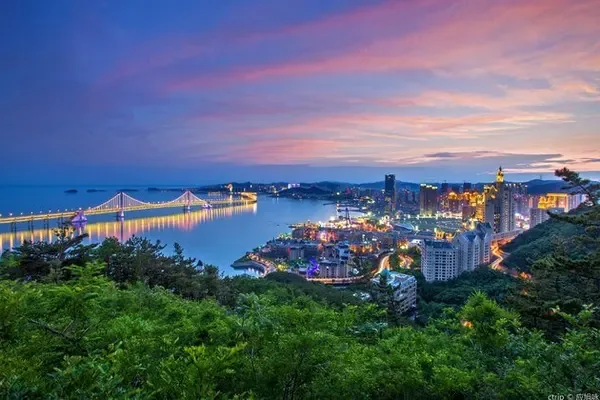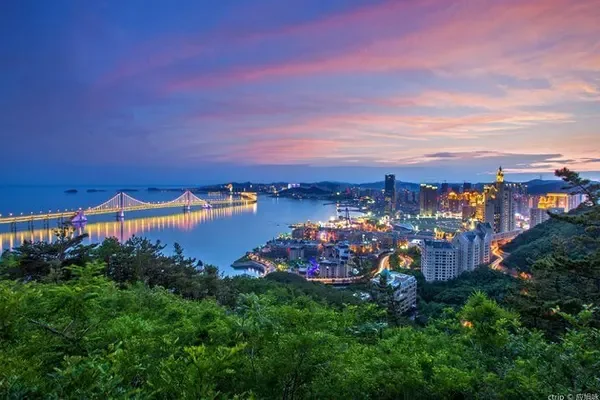China is so big, I want to visit it. Take you to a place you have been or have not been to.
Helan Ancient Temple, Xixia Famous Blue—North Wudang Temple
Ningxia Helan Mountain




Everyone knows that there is Wudang Mountain in Hubei, which is a famous Taoist mountain and is full of Kung Fu legends. The name of Wudang has nothing to do with martial arts. When the two characters are separated, "Wu" refers to Emperor Zhenwu, who is a northern god enshrined by Taoism. "In that place" means that Wudang refers to the place where Emperor Zhenwu is.

Emperor Zhenwu is the god of the north, how can he not appear in the north, so there are many Zhenwu temples in the north, and there are also many called Wudang Mountains. In order to distinguish Wudang Mountains in Hubei, the word "bei" is added. There are several of them, all of which are indispensable to the legend that "Zhenwu Emperor" appeared here.


Dawukou, Shizuishan City, the northernmost city in Ningxia, is a section of Helan Mountain. Legend has it that someone met Emperor Zhenwu and appeared here, so a ancestral hall was built to worship Emperor Zhenwu, called Zhenwu Hall. Because of the name of the temple, this section of Helan Mountain is also called (North) Wudang Mountain. Originally a small temple, it later developed into a famous temple in Northwest China - North Wudang Temple.

Wudang is a Taoist temple, so why did it become a Buddhist temple? It is said that during the Chongzhen period at the end of the Chongzhen period, the statue of Emperor Zhenwu appeared here. Thirty years after Qianlong, two lay Buddhists donated money to build temples here, and Buddhists built the Great Buddha Hall and the supporting hall here. Buddhism required expansion. In order to make its name both Buddhist and Taoist, the temple was changed to Shoufo Temple, more than 300 years ago. Traditionally, the common people still call it "Wudang Temple".



With the expansion of Wudang Temple and the rise of its status in the northwest, during the Guangxu period, the Empress Dowager Cixi was invited to write the white silk banner of Wudang Temple: "Guoguoshoufo Zen Temple", Zuo Zongtang and others also wrote inscriptions for it Painting makes it famous and famous far and near. When the Dalai Lama went to Beijing to worship the emperor, he stopped by Shoufo Temple. Therefore, Shoufo Temple has become a holy place for Han and Mongolian believers to worship together. During the war years and the "Cultural Revolution", the Wudang Temple was severely damaged, and the collection of scriptures and calligraphy and paintings of celebrities such as Cixi and Zuo Zongtang were all reduced to ashes.

Tibetan Buddhist prayer wheel

The layout regulations of Chinese Buddhist temples are similar. Walking into the North Wudang Temple, the whole temple faces south, and the building complex with four courtyards has a natural layout and a well-proportioned layout. On the central axis, there are Shanmen Tower, Lingguang Hall, Guanyin Tower, Wuliang Hall, Duobao Pagoda, and Great Buddha Hall. There are bell and drum towers, wing rooms and side halls on both sides, which are symmetrical.

Bell and Drum Tower


On the top of the mountain, there are double eaves and flying ridges, and the ball is transparent, delicate and beautiful.





In front of the Great Buddha Hall stands a 5-storey pagoda, 28 meters high, in the style of a brick pavilion, built in the 28th year of Daoguang (1848). The base of the pagoda is square, and the body of the pagoda has multiple corners. There is a brick-carved lace plaque on the top of the south gate on the ground floor, engraved with "Duobao Pagoda", and there are wooden ladders in the pagoda room for climbing. Duobao Pagoda has sharp edges and corners, rich layers, and simple and magnificent shape.



I don't know why Jigong was also invited here.

The North Wudang Temple is backed by the North Wudang Geopark. The Helan Mountain, which preserves its natural features well, has many peaks, unique landforms, dignified mountain colors, and Danxia landforms. There are winding trails, pavilions, and bridges.



The most lively thing in North Wudang Temple is the temple fair. There are small temple fairs on February 2nd, March 3rd, and July 15th of the lunar calendar every year, and big temple fairs on April 8th, July 7th, August 15th, and September 9th. The big temple fair is particularly lively. Han and Mongolian people from hundreds of miles before and after Helan Mountain gather in North Wudang Mountain to make pilgrimages to the mountain, worship Buddha, and trade in commodities.
After leaving the North Wudang Temple, you will enter the North Wudang Forest Park.



Lotto Leyou with more content
Sohu Account\Baijia Account\Daily Express\NetEase Account\Qu Toutiao\Today’s Toutiao\Sina Highlights\Dayu\Yiandian Information\Zhihu\Sina Weibo



